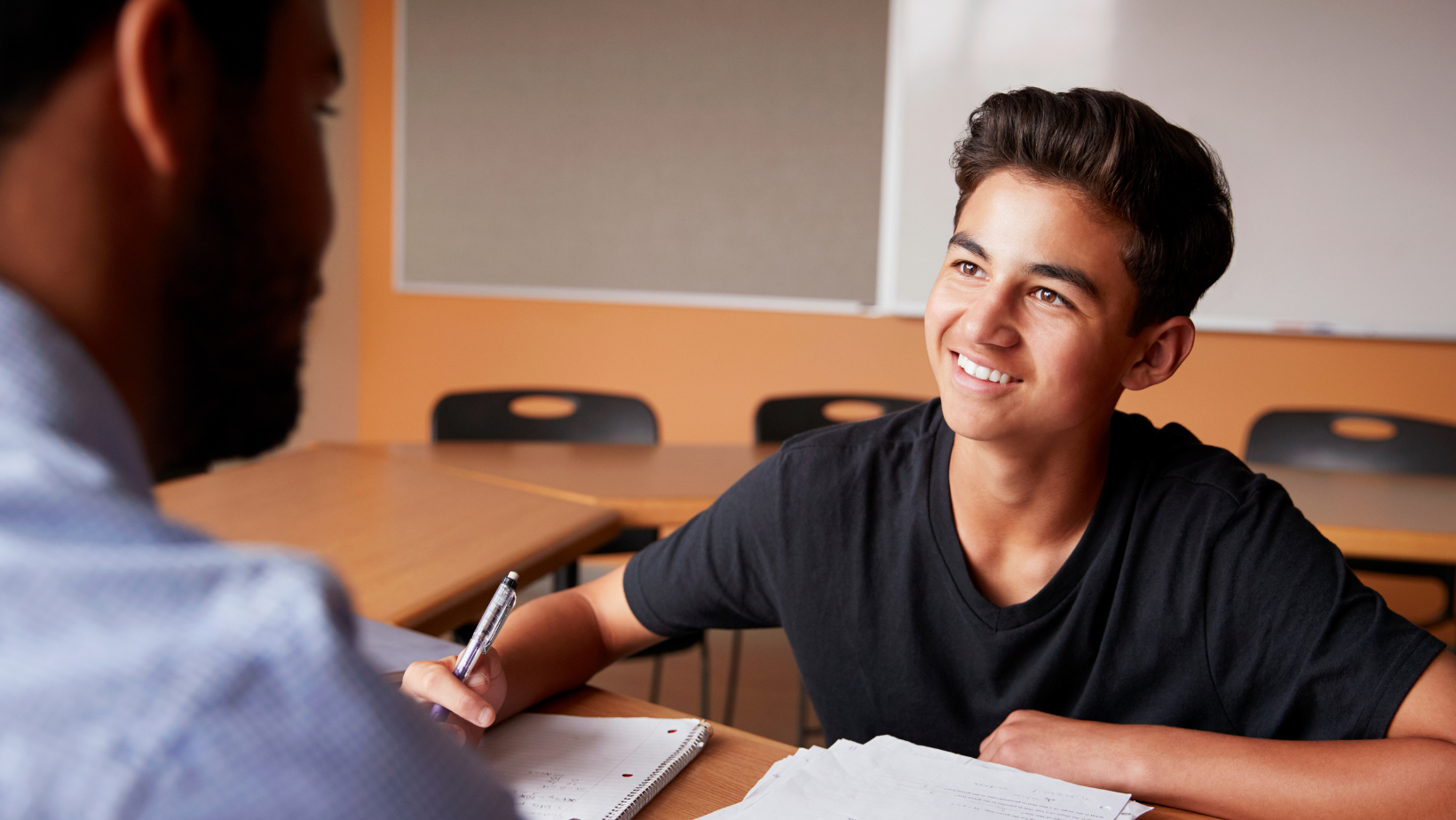Your Guide to Recommendation Letters
As we enter the last quarter of the school year, your juniors are probably looking towards AP tests, final exams, and summer! But before they embark on all of those, it’s important to give consideration to part of the college application that is too often overlooked: teacher letters of recommendation. These letters are critical to college admission offices that review applicants holistically because often the best way for colleges to know what a student will be like in their college classes is to hear from people who taught the student what they were like in high school classes! So before your students fast-forward to end-of-the-school-year festivities, consider these three tips to help them secure letters of recommendation that will help their applications stand out:
Pick the teachers who know your student best:
The general “rule” in selecting teachers to write letters of recommendation is to select one 11th grade STEM teacher and one 11th grade humanities teacher. But sometimes students have difficulty deciding among their junior year teachers (a good problem to have, right?) If your student has that conundrum, thinking about which teachers know them best is the right move–even if your student doesn’t have the highest grade in their classes. The teachers who have seen your students persevere, participate in discussions, stick around after class to ask a question, or participate in a club the teacher leads, are often the best recommendation writers.
Be respectful of their time (actually, just be respectful, period!):
Probably the most important thing for juniors to do with respect to letters of recommendation is to adhere to whatever process for requesting letters their school has in place. In some cases, this might mean waiting until August to ask teachers for recommendations, and in others it might mean securing signatures from two teacher recommenders prior to the start of AP exams. It is important for students to remember that teachers are helping them by agreeing to write these letters, and they can show their gratitude by asking for letters nicely, on time, and in accordance with whatever school policies are in place.
Help them share specific details:
At Galin, we often tell our students that what distinguishes excellent teacher letters of recommendation from average ones is the level of specificity the letters include and the anecdotes they share. Colleges read lots of letters that describe students as responsible and hard-working, but they read lots fewer that share stories about how students demonstrated those qualities in the classroom. One of the most important things for your students to do is to provide reflections for their teachers to remind the teachers of their accomplishments, the skills they gained, and the things they learned that inspired them.
Getting your students’ letters of recommendation to stand out is all about the relationships they have built in their school communities. So if you have younger students, help them set themselves up for success by encouraging them to make getting to know their teachers a habit. We promise–it will pay off!




